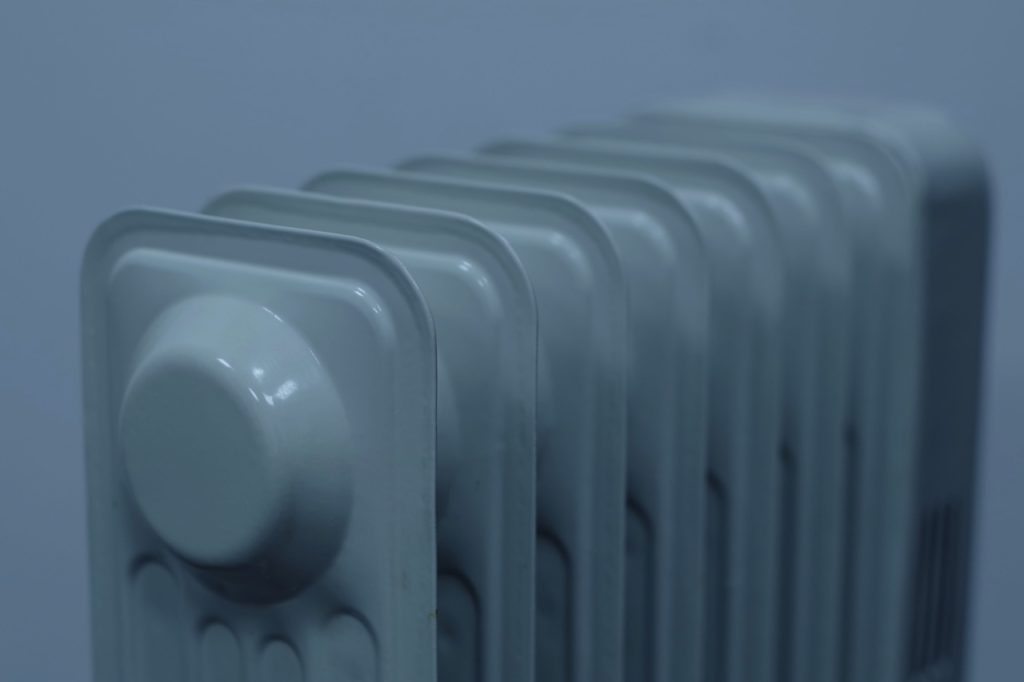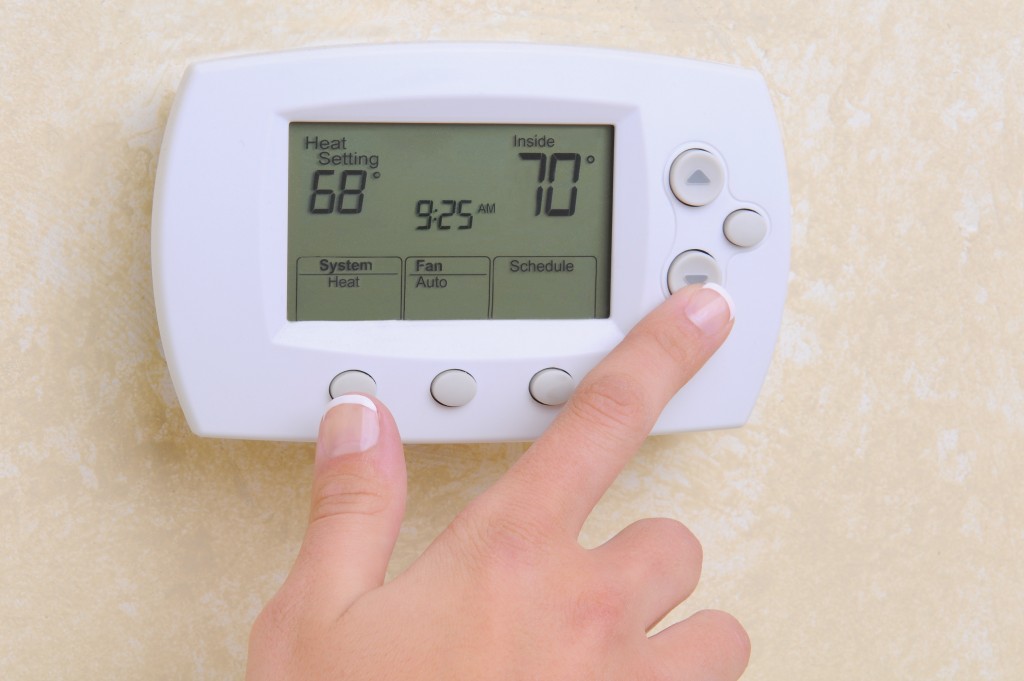Disclaimer: This website provides health information for educational purposes only and is not a substitute for professional medical advice, diagnosis, or treatment. Always seek the guidance of a qualified healthcare provider with any questions you may have.
Heater maintenance, repair, and replacement isn't just a matter of saving money. Keeping heaters in top form and replacing older heaters can prevent potentially hazardous breakdowns and their potential ill effects on your home and family.
Heating and cooling represent one of the largest energy expenses in any home. Especially in continental climates like in Utah, the extremes of seasonal weather can force homeowners to turn up the heat or the AC, which can lead to sharp prices come bill-time. Besides constant use, the heating and cooling systems used in the home can be rendered inefficient due to unseen flaws in the system, which can jack up the utility bills considerably and may even become a hazard for the home’s occupants further down the line.
Most homes throughout the United States will have a heater of some sort within their homes that they use at least part of the year. In Provo and other cities in Utah,furnace and heating systems installation is an essential component of the home building process.
Symptoms of Inefficiency
 Several symptoms within the home indicates that the heating and cooling system is not as efficient as it ought to be. A few of these are structural and indicate the need for home repairs. For instance, an isolated cool spot in the home that never truly becomes warm is usually a sign of a leaky patch in the home’s insulation or leaky ductwork.
Several symptoms within the home indicates that the heating and cooling system is not as efficient as it ought to be. A few of these are structural and indicate the need for home repairs. For instance, an isolated cool spot in the home that never truly becomes warm is usually a sign of a leaky patch in the home’s insulation or leaky ductwork.
Frequent heater breakdowns are a more pressing sign of immediate disrepair that should be addressed. Fortunately, malfunctioning heaters can often be detected early on, which can help homeowners take swift action before they are left out in the cold.
Other Dangers
Heaters malfunctioning in the dead of winter can lead to multiple health hazards, including the very real danger of hypothermia. Also, a poorly functioning heating system isn't just a waste of energy. An inefficient heating system can lead to the heater being overworked; malfunctioning heaters can potentially become a fire hazard.
One of the biggest dangers associated with poorly functioning heaters is the risk of carbon monoxide poisoning and, which can turn deadly quickly. Malfunctioning heaters with faulty exhaust systems may continue to generate a considerable amount of this toxic gas, which builds up in the home. Detecting the possibility of carbon monoxide accumulation is difficult, often and alerting the experts is vital to preventing medical emergencies and loss of life.
Addressing the Issue
Too often, it is cheaper to completely replace the furnace rather than attempt to repair it after multiple breakdowns have occurred. Frequently, failures are a natural aging process of a furnace. Most furnaces can perform well for up to 10 years at least, after which the frequency of which starts to become more pronounced. Older furnaces past the decade mark are usually also more inefficient, consuming more power than their newer counterparts.
The costs of periodic breakdowns can quickly add up, resulting in massive expenses that may even cost more than those of a full replacement. Past a certain point, any repairs done to a furnace would be a stopgap measure, meant to tide the homeowners over until warmer weather.
Replacing the heater and improving the associated ductwork not only provides a cost-effective alternative to more frequent repairs but also improves the home’s utilities consumptions and energy bills. Moreover, an effective heater system is also significantly less likely to embrace the dangers of carbon monoxide accumulation.





